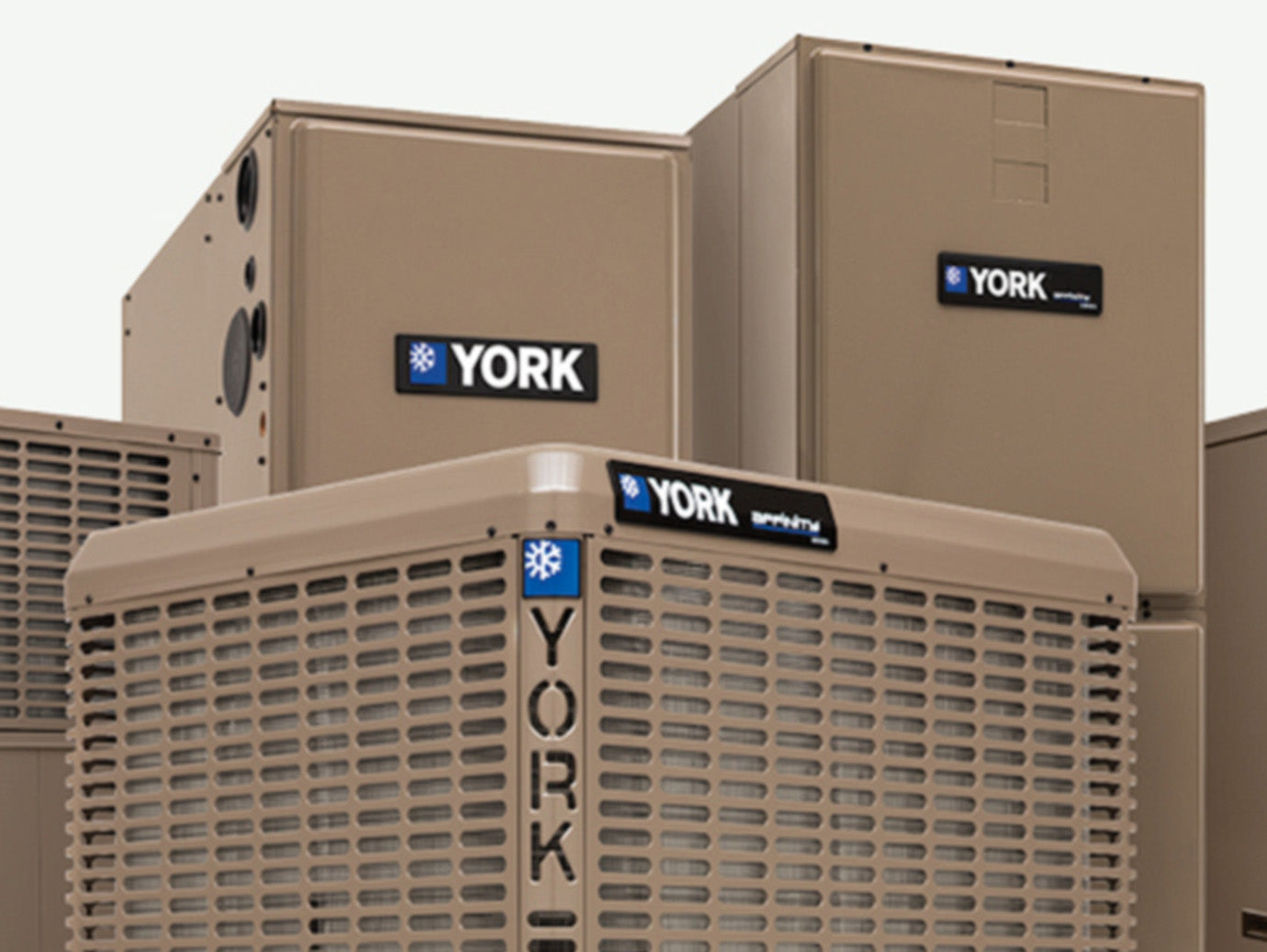
How Different HVAC Systems Work
Heating and cooling systems are some of the most important systems in your home to keep you warm in the winter and cool in the summer, but there's more to it than just the temperature. These systems can do all sorts of other important things such as air purifying, maintaining humidity levels and more. In this article, we discuss the different types of HVAC systems to let you have all the info you need to get the right solution for you.
Types of HVAC Systems
Each home is unique in what type of HVAC system will work best. Many of the units work off similar principles but most units will fall into one of the following categories.
Heating and Air Conditioner Split
In these units there is an air conditioner installed outside your home, and a furnace or air handler inside. These are connected to your duct work and when there is a call for warm or cold air, the respective unit will pump the correct temperature air through the duct work, by means of a mechanical blower. Sometimes referred to as forced-air HVAC systems, these systems are very popular and simple to use.
Hybrid Heat Pump HVAC System
In these HVAC systems, an electric heat pump is used along side a furnace. Much like the split systems, the furnace is installed inside the home, and the heat pump outside. The big difference between them is that in a hybrid heat pump system, the furnace can distribute warm air when it is very cold outside, but once it gets milder outside, yet warm air is still needed, the heat pump can help to supplement the heat. The heat pump can also be used to supply cold air when the air conditioning is needed in the warmer months
Duct Free Mini Split
For some customers, a conventional air conditioner or furnace would not work due to a lack of either duct systems or space. In these cases, many homeowners rely on window air conditioners. A duct-free mini split system is the perfect solution for either homes without duct systems or single rooms that need heating and cooling.
Duct-free units are installed directly in the are of the home that needs the heating and cooling. Typically, one unit will work for a single room but depending on the configuration of your home, units can be connected together to provide multi-zone service from one unit.

